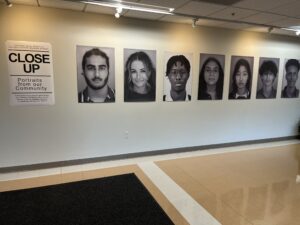By Eliana Mamo ‘25
An exclusive interview with LCA’s very own Mr. Vanderbrug on the meaning behind the gallery of self portraits in the entrance hallway by Mr. V and Erin Nelson.
E: So… Mr. V, for those of us who don’t know you, can you give a small introduction of yourself?
V: Of me?
E: Yeah! Your name… what you do here…
V: Gotchu, my real name is Edward Dirk Vanderbrug II; I’m named after my grandfather who passed away only when I was a year old.
E: Oh, I’m sorry.
E: Um, how long have you been doing art for, would you say? Like, when was the age where you said, “Wow, I love art!”
V: I’ve been doing art even before I was born.
E: When you were in the womb.
V: Because that’s what God intended me to do, that’s my calling. I used to want to be a professional artist… but the art of teaching, sharing, showing, constructing is far more likable to me. I’m a lot more passionate about that.
E: So you’re passionate about helping other aspiring artists?
V: Yeah! It’s fun to watch what other people do with different concepts, ideas, and mediums. That’s why I like teaching a lot of different mediums.
E: What’s your favorite form of art?
V: Oohhh, so who’s my favorite child? Is that what you’re asking me…? Who my favorite student is?
E: Possibly.
V: Oh you, of course.
E: Oh okay, thanks!
V: No, that’s a very difficult question to answer. Because each theme serves a particular love and passion for me…
E: So you do a lot of different kinds of art.
V: Yup! And then my own art is sculpture… box sculpture. And then I have a side business called VanderDesignCo which makes cutting boards and serving boards.
E: Quick plug.
V: Yup! Oh… put the brand in there… throw the brand in there.
(Audible laughter)
E: So how long have you been at LCA?
V: This is my 35th year… summer of 1987… when I came in I remember David Roth–the head of school then–interviewing me and my question to him was, “What do I teach?” And his answer to me was, “I don’t know, what do you want to do?” And that’s the reason why I came over. Well number one, I came over because it’s a Christian school… working in an environment of faith and learning. Integrating your faith into what you do and how you do it, whether you’re teaching Bible or not, is really important.
E: So have you seen faith integrated into art?
V: Sure!
E: I think in the process of making art you’re considering God’s creation.
V: Yup! I love teaching art here because it’s so incredibly supported… the arts in a Christian school is not just important, it’s absolutely critical.
E: As important as everything else.
V: As important as everything else! It is academic, it’s graded, but beyond that, the experience of STEAM is important. Visual arts are in everything that’s done in this entire school… you walk through it, you use it, you talk it, you see it, you make it.
E: …What’s been your favorite project for LCA’s walls?
V: It was 1989-1990, we did massively huge wooden sculptures in the front lawns. We made these huge animal sculptures… but we’ve done gargoyles in this school… way, way back. We installed them in the corners of the school… which was really fun.
V: The fish were fun though! …and I was able to adopt every fish out, except for the three I have.
E: What a time! But do you think you could give us some background on the new art on the walls? Because I’m sure when people first walked in they were kind of confused…
V: So this show, of the 100 and some shows I’ve done here, was the most risky and the one that I worried about the most.
E: Why was that?
V: Because it’s personal, personal to the people who agreed or said it was okay for their faces to be on the wall. So the question is, why put up a show like that? And I think the reason is twofold. One, to celebrate the diversity of everything you could imagine in humanity [that] is in the school right now. To show the breath of the background there is. And also, to take someone who you pass by in the hallways, who you talk to, who you eat lunch with, or who you don’t even know and they know become a little bit more personal to you. That’s why there’s no names… because it’s about the face… so that’s why it’s big.
E: And I find this one interesting too because you get to see them up close and personal but it’s not that they’re seeing you up close and personal… It’s a different experience than from just having a conversation with someone.
V: Exactly, all their eyes are open and they’re always looking. No one is blinking in that show. And some people have said, “Why are some smiling and why are some not?” And I left that with some subtle encouragement either way. I did not want them to smile because it’s hard to smile… it’s easy to smile when you’re laughing at a joke… so the idea of a blank face or a subtle smile is in a lot of ways more natural… there’s a lot of personality up there [and] I kind of hope to capture more of the eyes more than anything else.
E: Did you randomly choose the people?
V: I did. Yeah, in fact Erin Nelson was a big part of this. She’s the one that helped ask and check up and get people to do it. So she was a big inspiration, a big help in this whole thing. But there is some challenge to it, right? You want to be balanced… that’s why the first six shots that are up when you come into the school are really important. Because it shows diversity.

E: It shows that there’s beauty in the differences.
V: That’s why they’re all printed the same size…same proportions.
E: Is there a reason why you choose to do it black and white?
V: Yeah… neutralizes. Take color out of it, it’s about structure and tone…To turn it black and white means you’re concentrating on the face itself… That’s why there’s very little texture and pattern… I had to depersonalize because it’s very personal… very up close and personal…
E: Was the process of getting volunteers difficult? Were there people declining your offer?
V: Oh, a lot!
E: Was there a pattern to the people declining it? Like age…
V: Oh, middle school loved it, upper high school… eh. Middle school was all in on it. As much as we could, we said this was a photography project… even if you say that, the ability to understand it, you’re not all there. So the students that said yes, I have so much respect for because they trusted me. These are middle school and high school kids who you know appearance is important to… So to say yes to putting your picture on the wall–that big–is a big deal.
E: Yeah, quick shout out to everyone on the wall.
V: Everyone on that wall I have a big respect for, and… I also respect those who said no. And the no is fine because that’s part of the design process. This is the first show that I’ve done like this… it’s internally produced–not in a class. This is produced by me [and it is] of students. No teacher, no faculty.
E: Why?
V: School’s not about the teachers and faculty, it’s about the students.
E: So what do you want LCA to be thinking of when they see this art?
V: I’d like someone to walk through, look at this show, love it so much that they’re going to give me a million dollars… so I can have another art room.
(Audible laughter)
V: Um…I want someone to walk in and be set back a little bit about the incredible diversity we have in this school. That’s what I want. And I want people to look in their eyes and say, “Wow, that’s not just a kid or a student. That’s somebody.” And what I’d love to do in 10 years, 5 years, find every single one and do it again.
E: That would be so cool! Well, thank you! Are there any people you want to shout out?
V: Um… Sarah and Cole!
(Audible laughter)
E: They’re in this room, thank you for staying quiet!
V: I’d like to shout out Mrs. Reynolds.
E: I’d like to shout out my mom, my dad, everyone who believed in me.
V: Hi Mom! Hi Dad, love you!
(More audible laughter)
E: I think we need to be done! Shout out Erin Nelson. Thank you! Bye. Any closing remarks–
V: No.
E: Okay, bye!
(This interview has been edited and shortened for the purpose of writing this article.)
